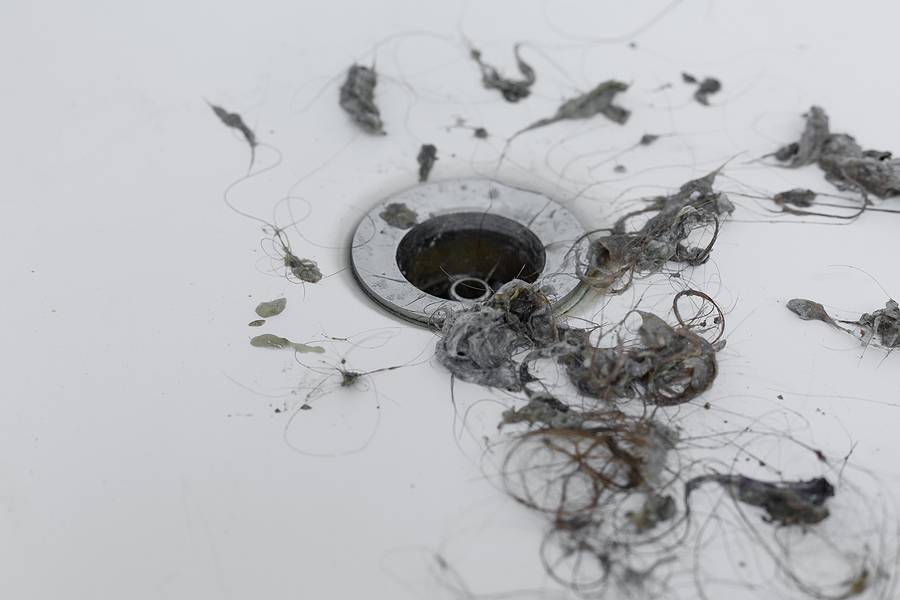Call This Monday to Get $50 Off
Schedule a Local Plumber in Morgantown Area - Call us Now to Get $35 OFF.
4.8 / 5 Ratings based on 794 reviews Great Plumbers, Great Reviews
Call This Monday to Get $50 Off
Schedule a Local Plumber in Morgantown Area - Call us Now to Get $35 OFF.

Hair is a common culprit when it comes to clogged bathtub drains. Over time, hair, combined with soap scum and other debris, can form a blockage that impedes water flow. Fortunately, there are simple and effective methods to tackle this common household issue. In this article, we will guide you step by step on how to unclog a bathtub drain filled with hair. Let’s dive in!
The stopper, commonly referred to as the drain plug, is a notorious spot for the accumulation of hair and debris. Acting as the initial barrier against blockages, it's important that homeowners ensure it remains clean. To do so, first, take out the stopper. The method of removal may differ based on your tub's design. It could either be unscrewed or simply lifted out. Inspect for any screws or a twist mechanism to determine the removal method. Use a cloth to clear off any attached hair and debris. For stubborn gunk, a toothbrush proves effective. Once cleaned, give the stopper a rinse and set it back in its place. Adopting a routine cleaning schedule can help avert clogs in the future.
A drain claw is a flexible tool with tiny hooks designed to grasp and pull out hair and other debris. Remove the stopper as described in the previous section. Then, insert the drain claw into the drain, pushing it as deep as possible. Twist and maneuver the claw so that it can grasp onto hair and debris. Slowly pull out the drain claw, removing the collected gunk. Repeat as needed until you no longer pull up significant amounts of hair.
Before resorting to harsh chemical cleaners, consider a safer and more environmentally friendly homemade solution. Gather one cup of white vinegar and one cup of baking soda. Pour the baking soda directly into the drain. Follow by pouring the white vinegar into the drain. You'll notice fizzing; this reaction helps to break down debris. Allow the mixture to sit for at least 30 minutes. For best results, you can leave it overnight. Rinse the drain with hot water to wash away the loosened debris.
Plungers aren't just for toilets. They can create suction that helps dislodge blockages in bathtubs too. Fill the bathtub with a small amount of water, just enough to cover the rubber part of the plunger. Place the plunger over the drain, ensuring a good seal. Press down and pull up vigorously several times to create suction. After a few plunges, check the drainage and repeat as necessary.
Unclogging a bathtub drain filled with hair is a common household challenge that, with the right tools and techniques, can be taken care of effectively by the property owner. However, if the clog persists after trying these methods, it may be time to consult a professional plumber to ensure there isn't a deeper issue at hand. If you need a plumbing service for your bathroom plumbing system, call Mr. Rooter Plumbing. Our team of specialists can help remove any blockages and fix any underlying issues that may be causing frequent clogs. Contact our office for more details or to schedule a time for your next drain cleaning or plumbing service with a reliable plumber in your area.
Most of us usually take hot water for granted until we suddenly face the fact…
Read More+One of the most irritating plumbing issues many residents deal with on a daily basis…
Read More+If you’ve been finding standing water under your sink, we can totally understand why that…
Read More+